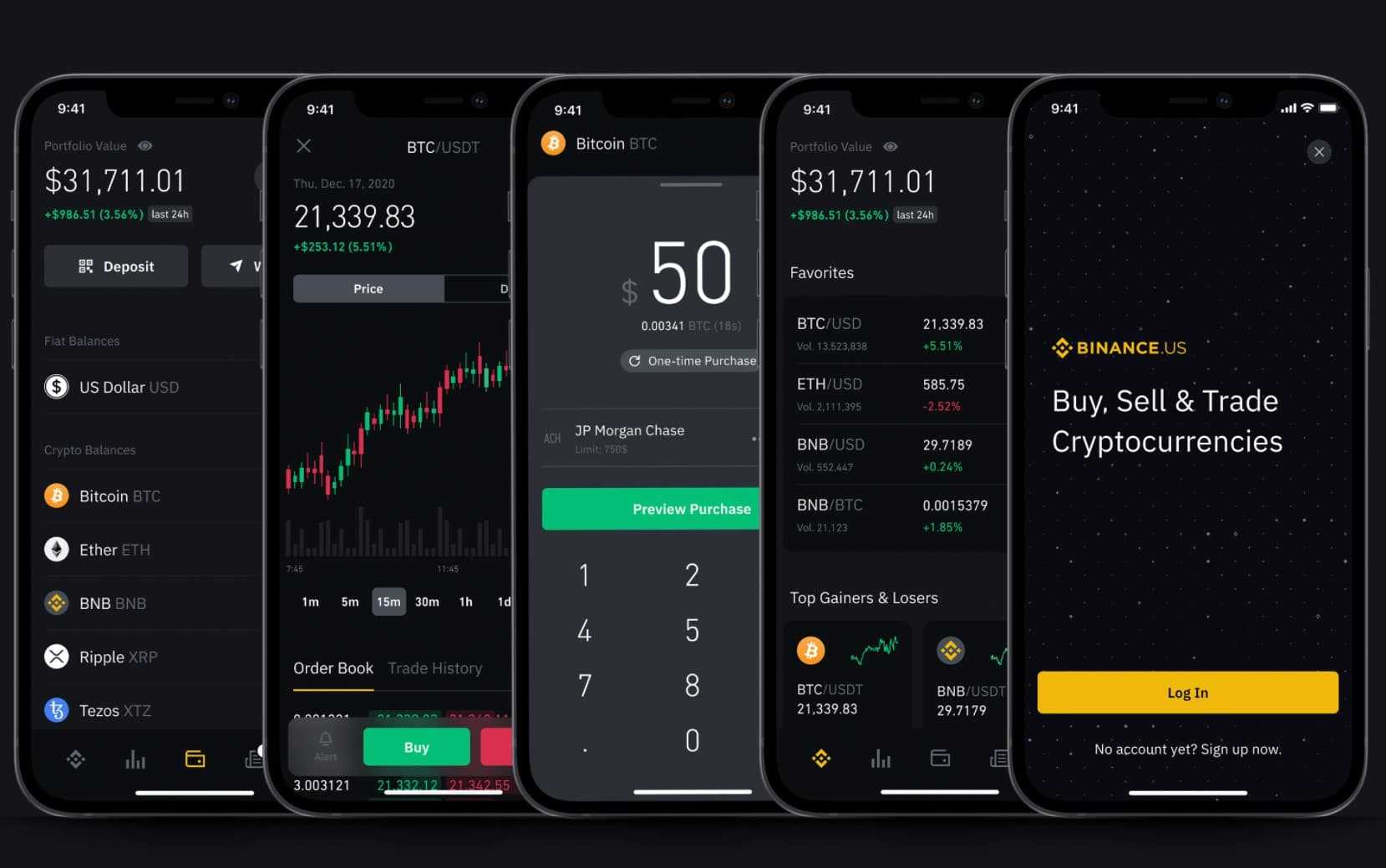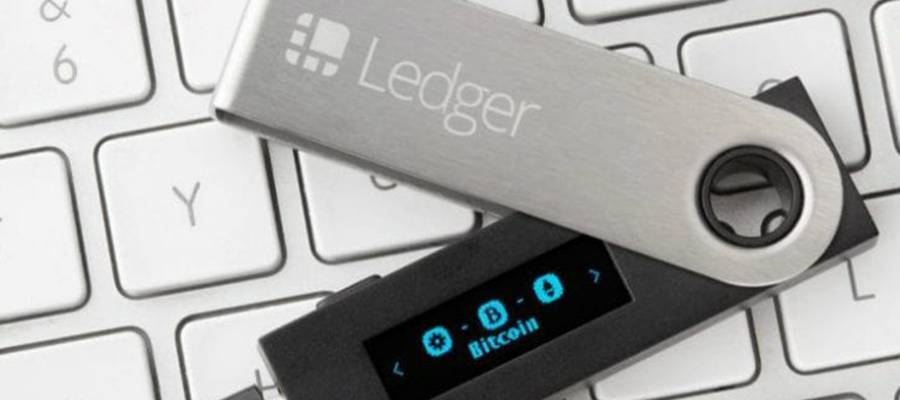Avalanche is another “ethereum killer” that’s betting on ultra-fast processing speed as it competes with No. 2 cryptocurrency ethereum.
Lauded for its ability to process more transactions than ethereum, Avalanche and its native coin AVAX offer an alternative for crypto investors and enthusiasts. Avalanche currently has almost the same number of daily transactions as there are on ethereum, which generally is a good thing for investors as high volume and liquidity provide more opportunity to cash out investments when you want to realize a profit.
Fast speeds are important as the crypto ecosystem becomes more crowded with the onrush of new users. “It’s like when you live in a busy city, and there’s a concert downtown, but you just want to go to the grocery store. It’s a huge inconvenience,” says Jonathan Angle, an instructor for the online DeFi school YieldFarming.com.
Along with speed, Avalanche also touts its resistance to cyber attacks. For investors, Avalanche represents an opportunity to buy a crypto that’s similar to ethereum but much cheaper and earlier in its progress.
If you believe in the lasting power of Avalanche’s technology, you may be considering the blockchain’s native token. The AVAX coin has had a market cap that’s ranged between $6 billion and $27 billion in recent months, as the crypto market has reacted to a massive selloff in May 2022. Like other utility tokens, AVAX can be used in advanced DeFi activity such as staking, lending, pooling, and trading.
Avalanche Price Outlook
The host of popular YouTube channel Coin Bureau is giving his outlook on Avalanche (AVAX) amid a bear market that he warns could last for another two years.
In a new video, the closely followed crypto analyst known as Guy tells his 2.06 million YouTube subscribers that AVAX is doing well considering its big sell pressure and the state of the broader digital assets market.
“In addition to these depressing macro factors, around 25 million additional AVAX have entered circulation since the start of the year, which is consistent with Avalanche’s aggressive vesting schedule.
Now assuming an average AVAX price of around $50, this means AVAX has seen up to $1.25 billion of sell pressure over the last few months. I’m also certain that there’s been other significant sell pressure and that’s simply because there’s been no shortage of news from Avalanche about stuff like acquisitions and investments over the last year or so.
Recall that Avalanche has an ongoing DeFi [decentralized finance] incentive program worth $180 million of AVAX and the recently announced $290-million multiverse incentive program is likewise probably being funded by sales of AVAX, so yes, lots of sell pressure.
This is why it’s amazing to see that AVAX has held up so well in the face of said sell pressure, and this is a consequence of the consistent demand as seen from retail users and institutional investors alike.
To put things into perspective, the number of unique wallets on Avalanche’s C-chain has increased by 50% in the last four months alone and the number of daily transactions on the C-chain were in a strong uptrend until very recently.”
Although AVAX has managed to stay relatively afloat, the analyst warns that it could shed over half of its current value during this crypto winter.
“The fact that AVAX isn’t required to pay for transaction fees on Avalanche subnets could have a negative effect on its future price action as it would decrease the demand for AVAX…
Demand for AVAX coming from subnet validators will suffice since they must take 2,000 AVAX each. What’s funny is that this setup makes Avalanche’s economic architecture eerily similar to those of Polkadot and Cosmos…
It’s quite possible that AVAX could fall as low as $10 during this bear market, but with some luck we could see it reclaim the strong level of support around the $40 range.”
AVAX is trading at $24.195 at time of writing. Avalanche is 83.45% below the all time high of $146.22.

Here’s what you need to know about how to buy AVAX.
Steps to Buy Avalanche
Buying Avalanche is a straightforward process that involves funding an account on a crypto exchange, and then making your purchase. Different exchanges have different minimum thresholds for buying different tokens, along with different fee structures depending on your trading activity.
Find a Cryptocurrency Exchange
You can buy and trade AVAX on top exchanges like Coinbase, Binance, FTX, Ok Coin, and Kucoin along with other smaller exchanges. To choose the best platform for you, research the different exchanges and poke around their sites to learn about their fees, security systems, and other trading and investing options. In general, experts recommend sticking to mainstream exchanges. While they might charge more to execute your trades, the extra security measures that come with them are well worth the extra cost.

Open Your Account
Each exchange will have its own system for opening an account, but generally you’ll need to complete know-your-customer (KYC) steps including entering your address, phone number, Social Security number, and driver’s license/government ID information.
You will also need to connect your exchange account to a funding source such as a bank account. After that, you can start interacting with the exchange and making trades.
Place an Order
On most major exchanges, you can buy crypto with a debit card, credit card, and/or bank transfer, or sometimes through third-party integrations such as MoonPay and Transak. The crypto on-ramp process may vary depending on where you live. Some exchanges and currencies aren’t available in certain states or countries based on the local rules. Also, an exchange may have minimum or maximum purchase amounts. Fees will vary, but most are between 2% and 10%.
Storing Your Avalanche
You can store your AVAX on an exchange, and if your holdings are relatively small that’s probably a fine way to go. But many experts do recommend investors keep their crypto in a hot or cold wallet, where it will be more secure.
What Can You Do With AVAX?
You can use AVAX to make purchases, transfers, and trades on any decentralized application (dApp) that operates on avalanche or ethereum. This could include DeFi games, lending protocols, swaps, trades, or staking.
Best Wallets for Holding AVAX
Take some time to find the right wallet for your needs. It’s important that the wallet you choose supports AVAX, as not every wallet can hold every type of crypto. Ava Labs — the developer of avalanche — offers its own Avalanche Wallet, which is simple and noncustodial, meaning you’re the only one who has access to your private keys. The site doesn’t offer much other information about the wallet.
Here are three other expert-chosen options to consider:
Metamask
Crypto experts suggest MetaMask for an all-around ethereum-compatible wallet. And most crypto investors prefer self-custodial wallets that are not connected to centralized exchanges, which gives you full possession of your holdings.
“MetaMask is by far the most popular wallet used for all of the blockchains that [are compatible with] ethereum [like avalanche],” says Angle. “You need to download MetaMask and essentially create your own blockchain address to your own wallet.”
You can store NFTs and other collectibles on Metamask, use it in conjunction with a hardware wallet (like Trezor or Ledger), and use it to exchange or buy tokens/cryptos. So if you’re looking to explore NFTs and the metaverse, MetaMask can be a solid choice.
MetaMask at a Glance
- Self-custody
- Hot storage
- Number of supported coins and tokens: Any Ethereum-based tokens
- Costs: Free, but transaction fees may apply
Coinbase Wallet
Coinbase Wallet, from the popular Coinbase exchange, is a top choice for beginning crypto investors, experts say. It’s a hot wallet, easy to use, and free.
The Coinbase Wallet supports thousands of cryptos including AVAX, plus it’s noncustodial.
Coinbase Wallet at a Glance
- Self-custody
- Hot storage
- Number of supported coins and tokens: Thousands
- Costs: Free, but transaction fees may apply
Trezor Model T
Experts recommend a cold storage hardware device for maximum security, and Trezor is among your best cold wallet options.
The Trezor Model T will cost you a bit more at $280, but you’ll get a large, full-color touchscreen display, and add-ons like Shamir Backup, a Trezor-designed security standard only available for the Model T. The Shamir backup lets you create 16 backup recovery phrases, and you can recover your wallet if it’s stolen or destroyed.
Plus it’s user-friendly, intuitive, and easy to set up.
Trezor Model T at a Glance
- Self-custody
- Cold storage
- Number of supported coins and tokens: 1,816
- Costs: $280
Ledger Nano
Related: Ledger Nano X and Nano S Review 2022

Is Avalanche Worth It?
It’s impossible to predict whether Ethereum alternatives like avalanche will become just as popular as ethereum is today, especially given ethereum’s planned upgrade targeted toward increasing its processing speed.
Avalanche announced a partnership with major accounting firm Deloitte in November 2021. Deloitte reportedly plans to incorporate blockchain technology into its work supporting state and local governments in disaster response efforts. The move by a major company like Deloitte to partner with a crypto network is viewed by many experts as a big boost in credibility for AVAX.
But many people speculate that soon there will be just as many blockchains as there are countless softwares and infrastructures that run our internet browsers, mobile apps, and Wi-Fi networks. For this reason, AVAX could be a good investment if you want to get in early on a blockchain’s utility token.
Remember: Crypto is a volatile industry and there are no guarantees. Financial planners suggest always keeping your crypto holdings to less than 5% of your overall investment portfolio, and never invest in crypto at the expense of more urgent financial goals like saving for emergencies or paying off high-interest debt.
History of Avalanche
The avalanche blockchain was developed and founded by Ava Labs, a team of finance and engineering professionals working out of Cornell University. It went live in September 2020, and the team is now headquartered in Brooklyn.
There are hundreds of decentralized apps (dApps) built on avalanche, so a lot of AVAX gets circulated throughout the blockchain every day. Like ethereum, avalanche has the capability for users to write smart contracts, or algorithmic codes that execute certain transactions automatically. Smart contracts are what make decentralized finance (DeFi) possible, and that’s why avalanche is such a strong alternative to the ethereum blockchain.
Avalanche’s technology was designed specifically so users can avoid network congestion and still use smart contracts. The avalanche blockchain also uses the same coding language as ethereum and has a bridge that lets users more easily move crypto funds between the two networks — an added plus.
Via this site

